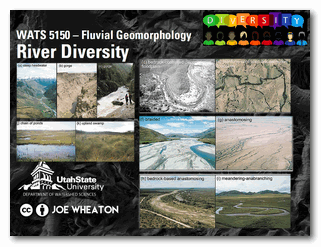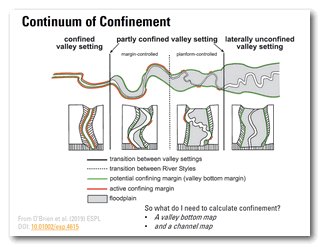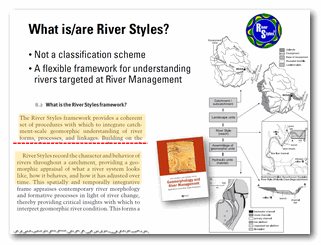Module 10: River Diversity
Background
Why we’re covering it
This class is focused on introducing fluvial geomorphology by reading riverscapes. Through moudles 1 through 9, you have been building up the pieces and skills to read any riverscape. In this module, we apply that at the riverscape reach scale. In other words, we identify the type or river style of the riverscape at the extent of a reach from both a bottom-up (geomorphic units as building blocks) and top down (catchment, landscape and valley-scale controls) perspective. We will explore the enormous diversity of riverscapes on this planet and how to take any riverscape anywhere and identify is defining and distinguishing attributes, and what you might call it.
Learning Outcomes
- Confidently read any riverscape and be able to map its core characteristics.
- Apply principles of geomorphic analysis to a diversity of riverscapes.
- Recognize the primary controls on riverscape diversity, in which distinctive suites of physical and biotic processes (behavior) help shape the form and character of those landscapes.
Lectures (videos) & Slides
Part 1 - Intro, Multi-Scalar Framing, & Reach Breaks
Part 1 - Lecture Playlist
25 minutesPart 2 - River Diversity Explored & Discriminating Variables
Part 2 - Lecture Playlist
46 minutesPart 3 - River Styles & Tips for Interpreting Diversity
Part 3 - Lecture Playlist
34 minutesResources
Corresponding Chapter in Course Text
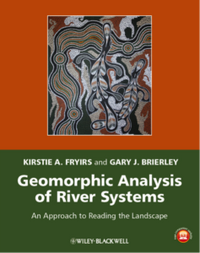 From:
Fryirs KA, Brierley GA. 2013. Geomorphic Analysis of River Systems: An Approach to Reading the Landscape, First Edition. Blackwell Publishing Ltd.: Chichester, U.K.
From:
Fryirs KA, Brierley GA. 2013. Geomorphic Analysis of River Systems: An Approach to Reading the Landscape, First Edition. Blackwell Publishing Ltd.: Chichester, U.K.
This module focus on: CHAPTER TEN: River diversity
Relevant or Cited Literature
Follow up selected readings suggested by Fryris and Brierley (2013) are provided for every chapter in page 328-334 of the text book.
See also:
- Fryirs KA, Brierley GJ. 2018. What’s in a name? A naming convention for geomorphic river types using the River Styles Framework. PLOS ONE 13 : e0201909. DOI: 10.1371/journal.pone.0201909
- Fryirs K, Wheaton J, Brierley GJ. 2015. An approach for measuring confinement and assessing the influence of valley setting on river forms and processes. Earth Surface Processes and Landfroms DOI: 10.1002/esp.3893
- Carling P, Jansen J, Meshkova L. 2013. Multichannel rivers: their definition and classification. Earth Surface Processes and Landforms. DOI: 10.1002/esp.3419
- O’Brien GR, Wheaton JM, Fryirs K, Macfarlane WW, Brierley G, Whitehead K, Gilbert J, Volk C. 2019. Mapping valley bottom confinement at the network scale. Earth Surface Processes and Landforms : esp.4615. DOI: 10.1002/esp.4615
Brierley & Fryirs (2005) River Styles Framework
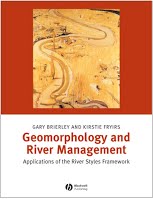 The River Styles Framework is laid out in Part 2 of the Brierley and Fryirs (2005) book and is the conceptual basis for much of our book. For an overview lecture of the framework, see this Module in WATS 6860 Ecohydraulics.
The River Styles Framework is laid out in Part 2 of the Brierley and Fryirs (2005) book and is the conceptual basis for much of our book. For an overview lecture of the framework, see this Module in WATS 6860 Ecohydraulics.
- Brierley, G., and K. Fryirs 2005. Geomorphology and River Management: Applications of the River Styles Framework. Blackwell Publishing, Victoria, Australia.
